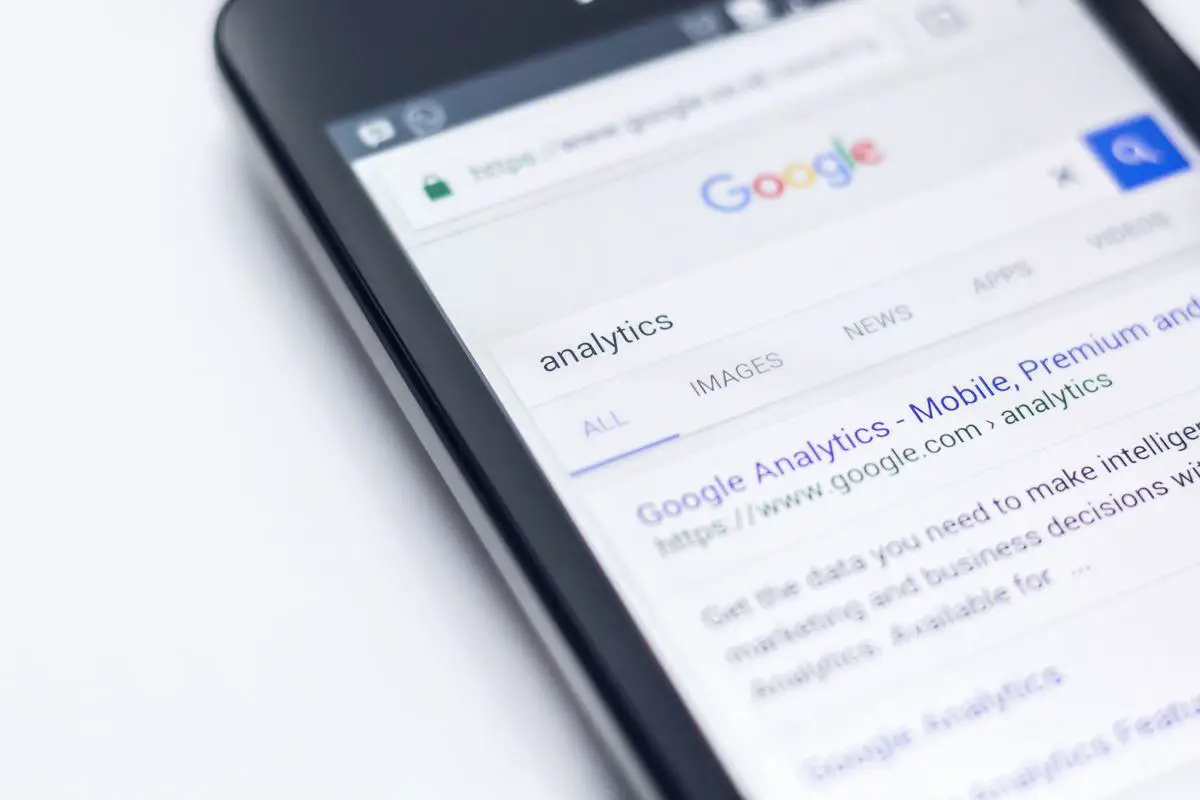In the ever-evolving digital landscape, revolutionary technologies continue to substantialize, driving paradigm shifts and redefining the norms of engagement. One such prodigious innovation is GPT-3, a state-of-the-art artificial intelligence model developed by OpenAI that has not only broken barriers but is also paving the way for groundbreaking applications in web content generation. This technology harnesses the potential of machine learning, neural networks, and predictive modelling, emanating deep layers of understanding and an unprecedented adaptability. From the exploration of GPT-3’s makeup to its implications and challenges, this discussion will delve into the profound impact of GPT-3 on web content, oscillating between its virtues and potential downsides, and concluding with tangible examples of its practical applications in today’s digital world.
Understanding GPT-3
GPT-3: Transforming the AI Landscape
One of the most disruptive technological advancements in recent years is GPT-3 (Generative Pre-trained Transformer 3), an autoregressive language prediction model that caters to essential tasks like translation, question-answering, and text generation. With uncanny human-like text production capabilities, GPT-3 is set to revolutionize the ground rules of Artificial Intelligence.
Launched by OpenAI in June 2020, GPT-3 boasts 175 billion machine learning parameters, significantly outpacing its predecessor, GPT-2, which packed only 1.5 billion parameters. What does this mean? In essence, GPT-3 can understand, interpret, and mimic human language with unimaginable accuracy.
GPT-3 works on the principle of pattern recognition. Given a task, it scans through the colossal amount of data it was trained on to find the most relevant context and structure, then generates output accordingly. It basically guesses the next word based on previous words in the sentence—perfecting this process to an impressive degree.
However, it’s crucial to underline that GPT-3 is not a conscious entity. It does not understand or comprehend, it deciphers patterns. Although it can generate human-like text, it’s void of genuine sentiment or understanding. Its predictivity and coherence stems predominantly from the sheer quantity of data it’s been trained on.
Getting slightly technical, it’s worthwhile mentioning that GPT-3 operates with an unsupervised learning algorithm—an algorithm that seeks patterns in a data set without preexisting labels or classification. It transforms the input into vectors—a tuple of symbolic or numerical values—and uses these structures to carry out and improve the accuracy of its tasks.
Despite seeming utterly complex and potentially intimidating, this discretionary use of AI is already seeping into everyday applications. Automating tasks, generating content, building conversational bots—one can only begin to envision the extent of its application potential.
One aspect that might raise eyebrows, however, is the model’s reliance on the quality and ethics of its data source. As the model continues refining its pattern-recognition capabilities, care should be taken with the information it’s fed. Given GPT-3 learns from online text, it inevitably can reflect society’s prejudices and biases. It’s an issue worth pondering when deploying the model.
In summary, GPT-3 is an AI marvel. With its unprecedented capabilities, it’s not just a language model—it’s a glimpse into the future, a crystal ball, offering a tantalizing preview of where AI is headed. Fasten the seatbelts—it’s set to be an exciting ride.

Impacts of GPT-3 on Web Content
How GPT-3 Transforming Web Content Creation: The Practical Applications
When it comes to web content creation, GPT-3 is ushering in a revolution like none before. Its advanced learning algorithm and vast potential applications mean that it is poised to dramatically reshape the digital landscape.
In terms of practical uses, one area where this artificial intelligence shines is in content generation. Task automation was covered previously, but GPT-3 takes this much further. It can now produce long-form, high-quality material that mirrors human writing. This includes reports, articles, and blogs, but can extend to poetry and fiction. Web content creators and marketers could use this as a tool to produce a stream of content, making the creative process much more efficient than ever before.
Another transformative potential of GPT-3 lies in digital personalization. Web personalization is not exactly a new concept. However, GPT-3 can raise this to a new high. Owing to its deep pattern recognition abilities and learning algorithm, it can churn out personalized content based on user preferences and behaviors. This would bring about a more tailored and engaging digital user experience.
Language translation and communication also stand to greatly benefit from GPT-3. Given its extensive language recognition capabilities, it can be leveraged to produce quick, accurate translations, in real-time. Additionally, it can be employed to create more effective communication tools, real-time chatbots, or virtual assistants, offering seamless interaction, bridging the gap between humans and machines.
Moreover, GPT-3’s potential in education and learning is vast. It could be used by teachers and educational institutions for curriculum development, creation of personalized learning materials and can even serve as a personalized tutor, molding its guidance to each student’s specific learning style.
Despite its marvels and potential applications, it’s important to remember that GPT-3 is not without its drawbacks. As earlier noted, it has the potential to reflect and perpetuate prejudices and biases found in society at large, as it learns from the very same society. This underlines the duty of those in the tech industry to address these pitfalls, such and create ethical guidelines to steer the use of such AI tools.
Ultimately, GPT-3 stands ready to transform the landscape of web content creation, opening a wide array of possibilities that promises to change the game in various industries. It’s not an overstatement to say that GPT-3 represents a significant step towards a more digitized, automated, interconnected, and personalized web experience. With careful consideration and ethically-minded development, GPT-3 promises to shape the future of artificial intelligence in a major way.

Photo by edhoradic on Unsplash
Prospects & Challenges of GPT-3
One striking advantage of GPT-3 in the world of web content creation is its capacity to generate text that closely mimics human writing. It’s incredibly adaptable, being capable of generating everything from product descriptions and marketing materials to more nuanced pieces like op-eds and creative writing. It’s a versatile tool that, in many cases, might not only make content creation faster and more efficient, but also help maintain consistency and tone of voice.
We’re entering an era where personalization is key. Harnessing GPT-3 for web content creation offers an unprecedented level of personalization on a massive scale. We can ensure each piece of content is tailormade to match the user’s context and preferences, from personalized emails marketing campaigns to intelligently tailored online learning resources.
One of the more powerful uses of GPT-3 is in communication. It can translate languages with impressive accuracy, aiding language learning and bridging the gap between different cultures. It can prove instrumental in facilitating global exchanges across borders and industries, breaking down language barriers in a way manual translation simply cannot.
In education, GPT-3 can provide customized learning paths based on a student’s learning pace and style. It can generate practice exercises, provide explanations, and even answer student queries. This adaptive, personalized approach could revolutionize learning efficiency and increase engagement.
That being said, GPT-3 is far from perfect. Critically, while GPT-3 is fed vast quantities of information, it doesn’t inherently discern between accurate and false data. It utilizes the data it’s given, and if that data is flawed, its output will mirror these flaws. Managing such issues is a crucial consideration when utilizing AI for content generation, especially when the content should be factual and trustworthy.
GPT-3’s ability to mimic human writing also raises ethical considerations. If a reader thinks they’re interacting with a human when it’s an AI, it could potentially lead to misunderstandings or manipulation. Transparency in AI usage for content specifically, and technology in general, is enormously important.
A final word of caution is related to the nature of GPT-3 learning process, which can inadvertently replicate the biases present in the texts it learns from. Whether it’s gender, race or other sociopolitical biases, the AIs need to be properly supervised and checked to prevent propagation of prejudiced information.
GPT-3 has already made waves across industries, from education to marketing, showing just a hint of the transformative potential it holds. It’s making machines more ‘human’, and while this development is not without its caveats, one thing’s for certain – artificial intelligence, with GPT-3 at the helm, holds promise of ushering us into era of unprecedented automation, efficiency, and personalization.

GPT-3: Case Studies and Practical Applications
Now, let’s delve into specific examples where GPT-3 is being utilized and exhibiting significant impacts. This machine learning model is doing wonders, giving a fillip to various sectors, and streamlining the business processes.
Take business process automation (BPA)—traditionally, BPA has required coding and other technical expertise. GPT-3, however, is laying the groundwork for natural language processing to be employed in the creation of low-code or even no-code applications. Imagine speeding up your company’s digital transformation merely by jotting down your needs in plain English. It’s a game-changer.
Take GPT-3’s ability to reason and make predictions based on context. It hints at enormous potential for market forecasting and trend analysis. You could identify patterns, forecasts, and trends in massive amounts of data—work that would take a human or a team hours or even days.
Legal departments and law firms are also reaping benefits. Document review is a tedious but mandatory process. GPT-3 displays a remarkable capacity to ease this process by automating routine document reviews, thereby streamlining legal operations.
Medicine, a field drowning in data and paperwork, stands to benefit immensely. GPT-3 can sift through patient evaluations, research, prescriptions, and more to offer vital insights to healthcare providers at top speed. The AI model can even create individualized treatment plans, paving the way for more tailored healthcare services.
GPT-3’s implications on gaming can’t be understated. It’s now feasible to have dialogue and narratives evolve in real-time based on user interaction, creating a much more immersive gaming experience.
While the benefits of GPT-3 are immense, there are challenges worth mentioning. Security and privacy concerns top the list. Machine learning models, including GPT-3, are only as intelligent as the data they analyze. They can inadvertently divulge sensitive information if not appropriately used or supervised.
The decision-making capability of GPT-3 also raises the risk of ‘deepfake’ content manipulation. Businesses should use caution and implement verification techniques to ensure the information generated is accurate and genuine.
In conclusion, GPT-3 presents revolutionary opportunities for business transformation, but it requires informed and ethical implementation. As technology enthusiasts, there’s a shared responsibility to use this advancement carefully, ensuring it brings about progress – not regress.

Photo by brunomira on Unsplash
GPT-3, with its transformative capabilities and potential drawbacks, certainly stands as a game-changer in the arena of web content generation. Its blend of efficiency, scalability, and personalization creates a captivating story of success for businesses, yet its issues with oversight, control, and originality illuminate the path we need to tread carefully on. The ethical dilemmas it spawns – data privacy, security, and AI authorship – require constant vigilance and well-crafted legislative measures. As we stand on the brink of a new digital age, it is clear that GPT-3 is not just a tool but a polychromatic canvas, inviting us all to be a part of this narrative of constant illustrations and evolving interpretations. It is a harbinger of resplendent future possibilities yet highlighting the need for judicious handling of technology’s inexorable march forward.
